One of the most important challenges for marketers nowadays is not to attract new visitors on their website or to close a selling process, but to nurture existent leads until they are ready to buy. In 2 words: Lead Qualification.
Ed Fry explained some useful tricks and tactics to engage people in the best way and to create a real community around your brand. Ed has a proven method that allowed him to:
- Get a 2.7x members to be doing something in their blog (inbound.org) each week
- Get 4x contributors weekly
- Grow their community from around 500 users to 265.000 people in just 4 years
These results were possible because of a clever application of the Inbound marketing strategy. Here is how Ed and inbound.org succeeded in it.
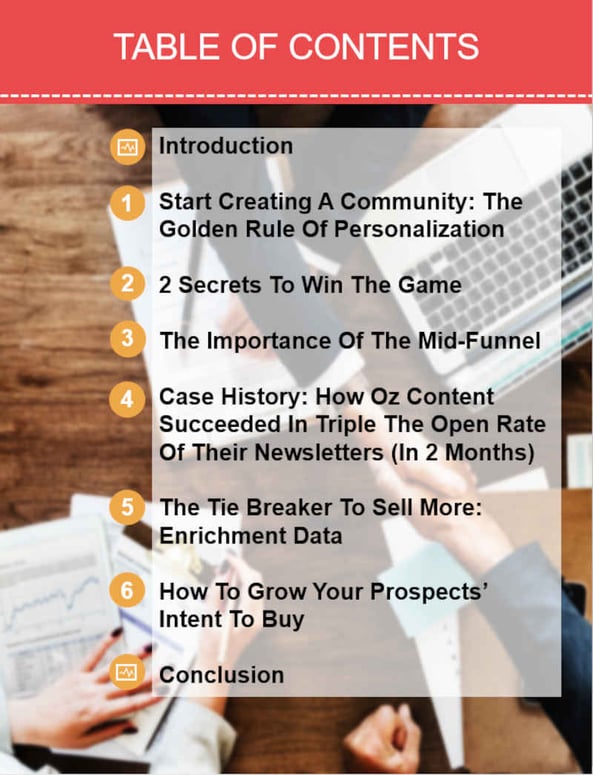
Start Creating A Community: The Golden Rule of Personalisation
Lead Qualification is about building fit prospects and intent to buy. All the magic happens creating a community that constantly interacts and responds to you. How to do it? Starting from your newsletter subscribers. Maybe all you have got is their email address, but maybe that is a really good fit list – just too much cold.
Here is how you can warm it up.
The Golden Rule of Personalization can guide you through this process successfully. It was invented by HubSpot founder Dharmesh Shah and it is quite simple to adopt: ‘Do fewer things, better’.
What does it mean for Lead Qualification?
It means that you need to find the best-fit people for different types of conversations you want to start. And this is the good news: the process is scalable.
As Ed Fry explained in his speech, a big part of their engagement strategy was based on Q&A: he used to find questions people had posted on inbound.org and began asking other fit users to help in getting a solution. This way, Ed created a community.
Here the full process to create a reactive community by Q&A and email marketing.
.jpg?width=593&name=How-to-build-a-better-qualified-lead%20(12).jpg)
1. Pick a User Generated Content from your blog\website, a question that can engage other people. .jpg?width=593&name=How-to-build-a-better-qualified-lead%20(14).jpg) It’s important to ‘clean’ the question (USG sometimes could be badly written or messy). Furthermore, you should leave a comment in that thread first, because nobody wants to arrive first in a conversation.
It’s important to ‘clean’ the question (USG sometimes could be badly written or messy). Furthermore, you should leave a comment in that thread first, because nobody wants to arrive first in a conversation.
2. Prepare an email form that could be sent to your prospects. .jpg?width=593&name=How-to-build-a-better-qualified-lead%20(16).jpg) The form should sound like this, simple and direct, asking to join the conversation.
The form should sound like this, simple and direct, asking to join the conversation.
3. Personalize each email. 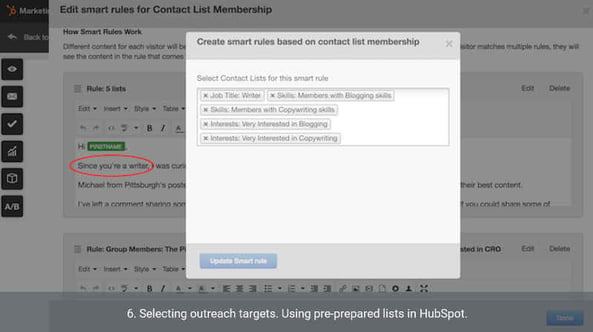 Now that your email is ready, you can send it to different leads, but be careful to select a prospect who could be really interested in that topic. How to choose them? Just use the options HubSpot gives you to select the right people from your contacts list. Pick users basing your research on skills, job titles, interests, country etc.
Now that your email is ready, you can send it to different leads, but be careful to select a prospect who could be really interested in that topic. How to choose them? Just use the options HubSpot gives you to select the right people from your contacts list. Pick users basing your research on skills, job titles, interests, country etc.
4. Prepare pre-built outreach lists, right inside HubSpot.
This method is scalable and successful and if you do it continually, conversations will become self-sustaining, growing increasingly. For example, inbound.org personalized newsletters increased their click-through rate by up to 40%. They created a community doing fewer things, better.
Everyone gets newsletters, so what? In this way, with personalization and the Golden Rule, you will reach out to the right people, asking them to do something really specific. That is a big difference.
Resources
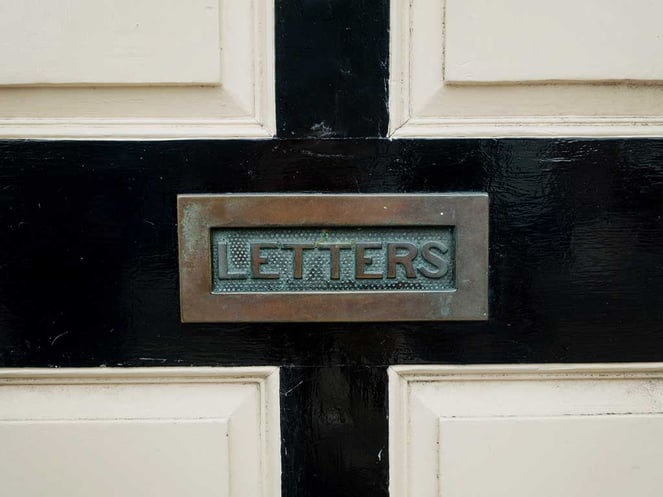
(Photo credit: Gemma Evans on Unsplash)
2 Secrets To Win The Game
The process we’ve just talked about seems to be a little too much longer, right? Don’t worry, there are 2 secrets to optimize your Lead Qualification:
- Using the proper management tools. You can integrate all the steps we have discussed previously on HubSpot Connect, so that you - as a Sales manager or as a marketing manager - can have access to all the state of your campaigns, and manage the process with tools like Drift, Mention and Appcues. In this way, you will have all data connected in real time and you will be able to do a scalable procedure.
- Not doing spam. So often we capture emails and then we just relentlessly nurture prospects: it is just spam. It is useless and counter-productive to over-nurture them with the wrong content, with a content that is not fit for them. Personalization isn't saying 'Hi first name' and then just continuing to send spam. It is caring about who your prospects really are and what they really want.
.jpg?width=4900&height=2613&name=email-marketing%20(2).jpg)
(Photo credit: Pixabay)
Resources
The Importance of The Mid-Funnel
Everyone is talking about the top of the funnel, everyone is talking about great content, everyone is talking about building search, social etc. But that's not the only part of an Inbound strategy.
The top of the funnel big vanity metrics, while the bottom of the funnel – the closing step – is essential to gain money. But the mid-funnel is where money really grows, where marketers have so much control and so much power of the whole customer lifecycle.
This is the reason.
The top of the funnel is scalable – you can drive traffic through Google or through ads, for example – but you have a lack of data on each visitor. You don't really know that much about them.
On the other hand, at the bottom of the funnel you have plenty of data on each lead, but Salespeople are limited by one-to-one interaction. The process is not scalable.
Only the mid-funnel has the data and the ability to scale, you can personalize and automate messaging at scale. This is where all magic happens. Let’s see how to do it in the right way.

(Photo credit: Pixabay)
Resources
Case History: How Oz Content Company Succeeded In Triple The Open Rate Of Their Newsletters (In 2 Months)
Oz Content is a HubSpot user. They sell software to help people create content. They had piled up about a thousand leads per month, but despite all that, the Inbound funnel was not fully working for them. Why? Because for most of the leads they just had an email address and nothing else – no prospects’ job title, no name of their company etc.
After they started caring more about mid-funnel, the company obtained stunning results like:
- Emails open rates tripled
- Increasing emails forwarding
- Increasing marketing-sourced qualified leads up to 20x in 2 months
This is how they solved the problem.
What they wanted to do was fill in the blanks in the contacts lists, therefore they began using enrichment providers. Using a data management provider through hull.io empowered them to sync data into HubSpot: every new lead that came in, came into Hull. Enriching these profiles with data and enrichment providers, Oz Content had full profiles inside Hull, that they could then sync up in HubSpot in real time.
So at that time, Oz began identifying fit up front. They could 'do fewer things better' (remember the Golden Rule of Personalization), find the best-fit customers and initiate nurturing them in. Because of HubSpot database, they started building segments and nurturing the right prospects in the right way. They could build these precise segments and match with precise contents.
Oz Content sent emails promoting highly targeted webinars to these highly targeted audiences: they found open rates tripled and an impressive emails forwarding. All the attendees of each webinar were marked as marketing qualified lead and sent through to Sales. So Sales had the easiest intro ever: they knew who to talk to - people who had attended -, they knew what to say.
Here’s the most incredible part.
Salespeople stopped searching their own leads. As a result of that, they had 4 times increase in qualified leads overall and they made them marketing better: this is Inbound methodology.
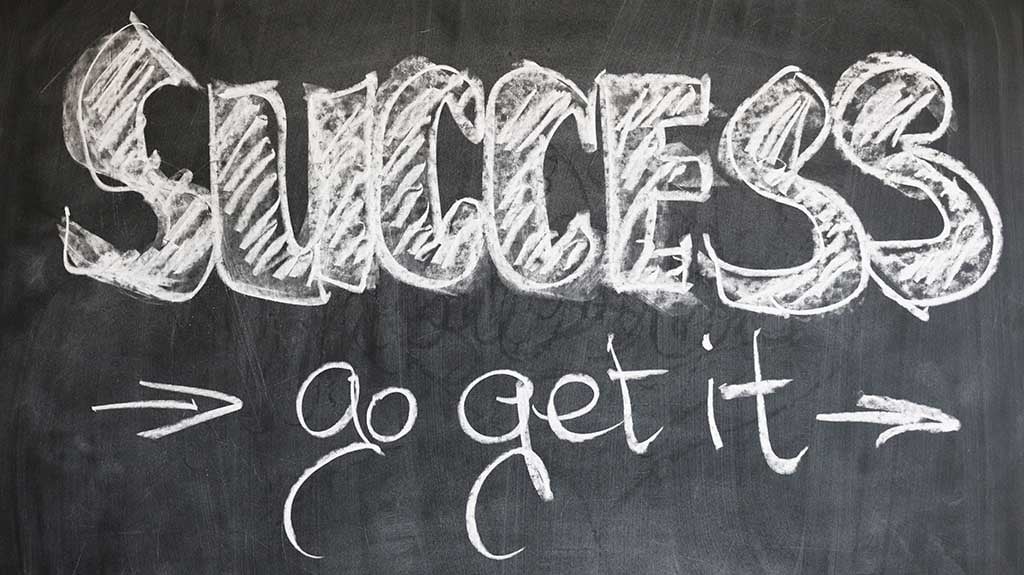
(Photo credit: Gerd Altmann for Pexels)
Recommended Action
- Use data tools like Hull and HubSpot to sync data of your prospects in real time.
- Enrich each contact list with more details about your prospects.
- Pass information about your leads to Sales representatives just when the leads are ready to buy.
Resources
The Tie Breaker To Sell More: Enrichment Data
A huge problem for companies nowadays is to close a purchase with the right client at the right time. Sales reps often don't know if an account is ready to buy, they don’t know where a prospect is in his\her buyer’s journey.
Why?
Because so often information Salespeople need is not just in one place, in one analytics tool. Sales reps just call for simple insights inside their workflow, they don't want to be dotted around between tools.
The way to solve this is simple: enrichment data.
How to do it? Connecting 3 fundamental tools: HubSpot CMR, an enrichment data tool and product analytics. Hull can connect them, so that marketers could use enrichment data to discover if a lead or a company is a good fit for them. Then – and only then – marketers should pass enriched information about really qualified prospects to Sales representatives, increasing exponentially the probability that a rep could get a purchase for the company.
Appcues is a company based in Boston that lets you try all this in real time. Not for nothing is a HubSpot partner. It has a free trial-based model, so you can sign up for free, but you can still buy a little snippet and start creating these important messages with ease.
.jpg?width=593&name=How-to-build-a-better-qualified-lead%20(61).jpg)
With enrichment data Sales understand exactly what to say, who to talk to and how to optimize their rates, as a result of the comprehension of the step a prospect is going through his\her buyer’s journey.
Solid mid-funnel marketing, solid lead qualification is Sales enablement. You set up your Sales success this way.
.jpg?width=593&name=How-to-build-a-better-qualified-lead%20(68).jpg)
Resources
How To Grow Your Prospects’ Intent To Buy
Now you already know this: you don’t have to over-nurture your prospects with generic contents, because too many emails can burn your leads out. But if you have already individuated the right content for the right lead, it is useful to boost his\her intent to buy.
A good habit is to use both emails and ads to nurture people on each piece of content you have for them, for each step of the buyer's journey. An important tiebreaker is using custom audiences for your Facebook ads. A custom audience is a specific audience to reach out with your ads on Facebook and it is made by your own prospects’ accounts on it.
The HubSpot data list of contacts is the same of the Facebook custom audiences: imagine your HubSpot list inside of Facebook, that allows Facebook to match that list up with the right Facebook Id. In this way, you can really precisely target your ads. Again, personalisation is the key.
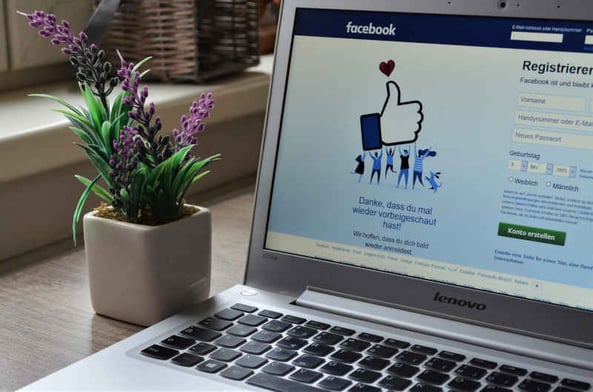
(Photo credit: Tobias Dziuba for Pexels)
Recommended Action
- Create relevant contents for each step of the buyer's journey.
- Retarget your prospects on social media like Facebook with these contents.
- Use custom audiences to find your leads on social media channels.
Resources
Conclusion
How we have seen in this eBook, there are different tips and strategies to build a better qualified lead. Let’s recap them:
- Having a great top of the funnel is not a complete Inbound strategy. You could have the best content ever, but if you are spamming, if you're relentlessly nurturing everyone, you will not be able to reach the results you expect.
- The Golden Rule of Personalization. ‘Do fewer things, better’, focus on the best leads. Who you talk to comes before what you say. 'Hi first name' is not personalization.
- The mid-funnel is data-rich and scalable. The top of the funnel isn't like this, neither the bottom of the funnel. The mid-funnel is where the magic happens.
- You can find fit upfront with data enrichment.
- Find intent by taking your marketing engagement data.
- In order to grow your customers’ intent to buy, you can nurture them by using multiple channels, coordinating your message across different places.
So that’s how to build a better qualified lead.
Recommended Action
- Read our eBook How To Build A Better Qualified Lead (And Win The Game At The Mid-Funnel).
- Read our eBook to build up your own Inbound Marketing Strategy.
Related Articles
- London HUG - Inbound marketing strategy: How to build a better qualified lead (Transcript and video)
- The world is changing. What will happen to HubSpot? (Transcript and video)
- Video as an Inbound Marketing Tool (Transcript and video)



